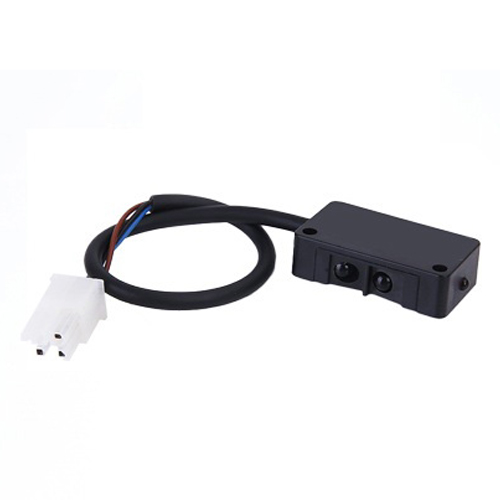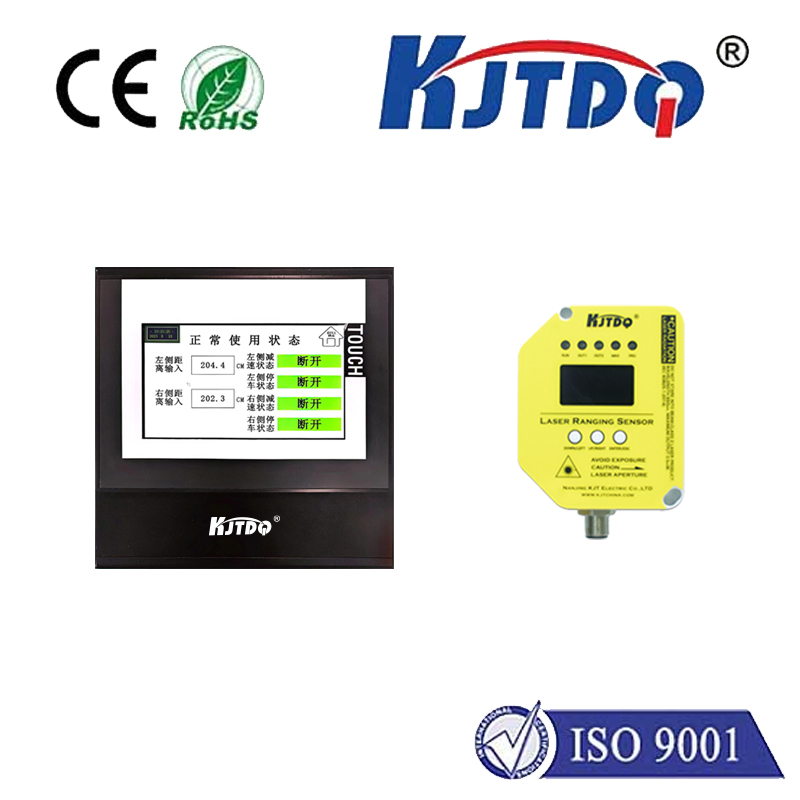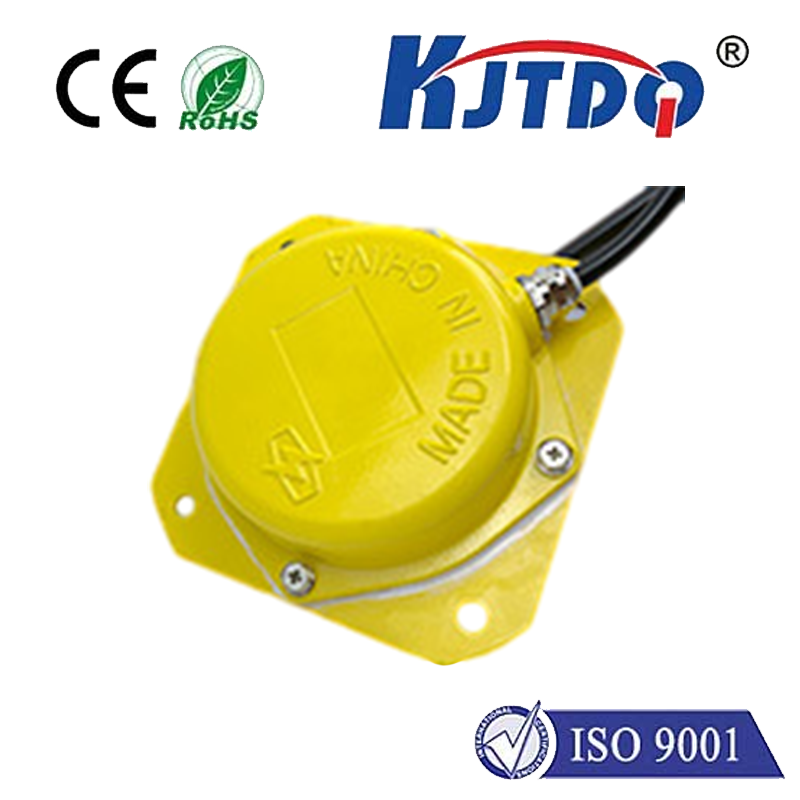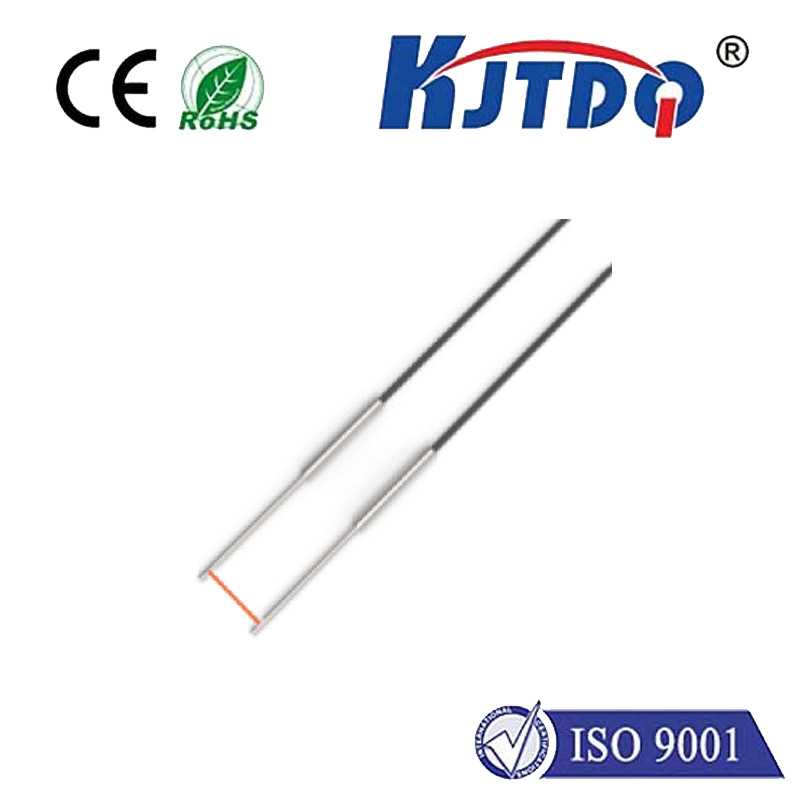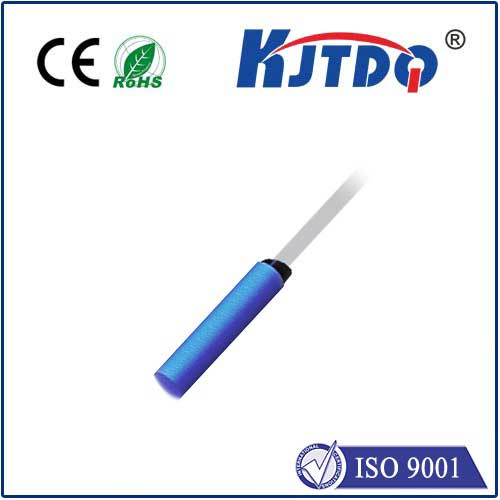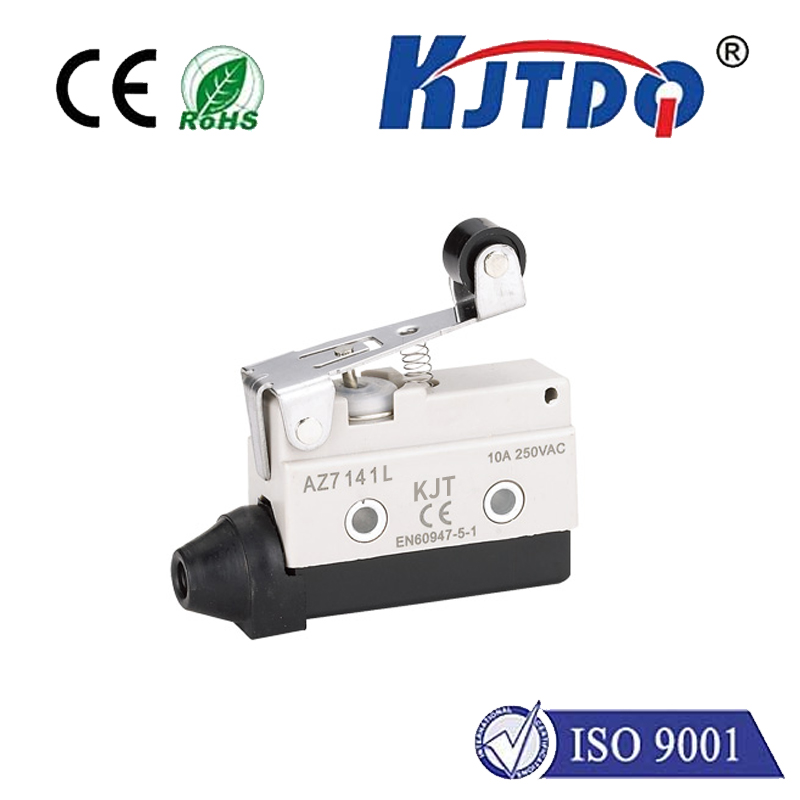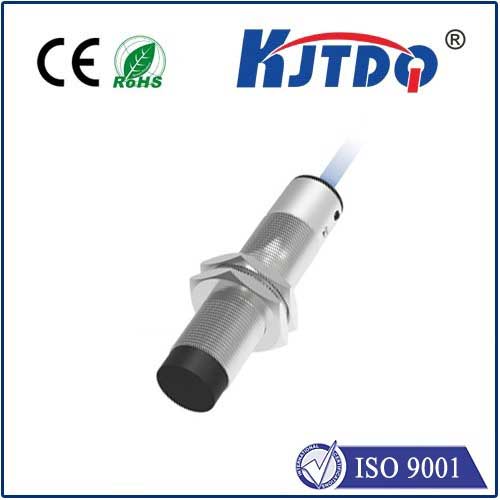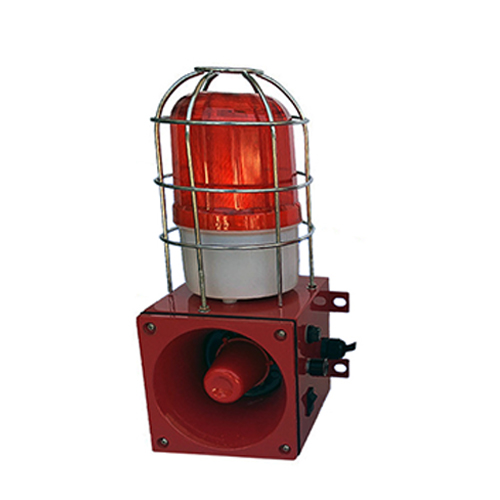Have you ever wished you could control your device before your finger even lands on the screen? Or navigate complex interfaces without smudging the display with fingerprints? This isn’t science fiction; it’s the burgeoning reality powered by Proximity Touch technology. Moving beyond the direct physical contact of traditional touchscreens, proximity touch introduces a layer of near-field sensitivity, fundamentally changing how we perceive and engage with digital interfaces by sensing our presence and intentions before we touch.
At its core, proximity touch refers to a device’s capability to detect the presence, motion, or distance of an object (like a finger or stylus) near its surface, without requiring physical contact. It leverages specialized proximity sensors integrated around or beneath the display. These sensors operate on various principles, such as capacitive sensing (detecting changes in an electrical field caused by conductive objects), infrared (IR) detection, or Time-of-Flight (ToF) sensors measuring the time it takes for light to bounce back from a nearby object.

So, how does this translate into tangible user experiences? The applications are diverse and rapidly expanding:
The underlying technologies enabling proximity touch are constantly evolving. Capacitive proximity sensors are common and relatively cost-effective, suitable for basic proximity detection. Infrared sensors offer good range detection capabilities. However, Time-of-Flight (ToF) sensors are becoming increasingly prominent for advanced proximity touch applications. ToF sensors emit infrared light and precisely measure the time it takes for the light to reflect back, creating a depth map that discerns exactly how close an object is and potentially even its shape. This high-resolution spatial awareness enables more sophisticated gesture recognition, hover effects, and 3D interaction possibilities.
The impact of proximity touch is already being felt across industries:
The tangible benefits driving adoption are compelling. Proximity touch significantly enhances the user experience by making interactions feel more fluid, intuitive, and less cluttered. It offers greater functionality by adding a new dimension of non-contact control. The reduction in accidental touches and smudges improves usability and convenience. Furthermore, the hygienic advantage of minimizing direct contact with public surfaces cannot be overstated, a factor gaining even more prominence in the post-pandemic world. Finally, it unlocks new accessibility pathways.
While still maturing, proximity touch technology represents a significant leap towards more natural and intuitive human-computer interaction. It moves us away from the binary “touch or no-touch” paradigm, introducing a crucial middle ground where devices understand our intention to interact. As sensor technology advances, algorithms become smarter, and integration costs decrease, we can expect proximity touch to become a standard feature, seamlessly blending into our digital lives and quietly revolutionizing how our devices respond to our presence and gestures. From smartphones to car dashboards to industrial panels, the future of touch is moving closer – and sometimes, not requiring contact at all.

